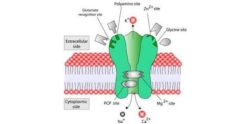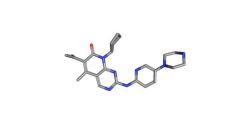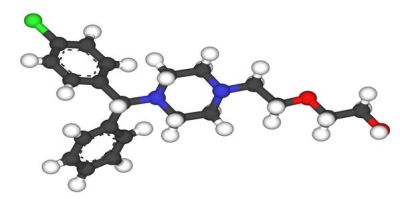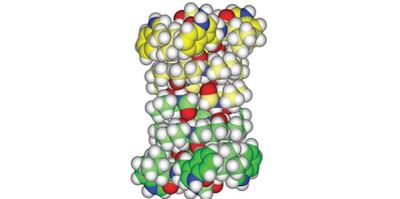According to new research from Thomson Reuters Bioworld, there are more than 700 follow-on biologic therapies currently in development. The new therapies are expected to generate approximately $100 billion in sales by the end of this decade.
These projections demonstrate that the biopharmaceutical development industry is rapidly growing with 245 biopharmaceutical companies and institutes actively engaged in the development and marketing of biosimilars throughout the world.
The biggest advantage that can be derived from biosimilars is cost savings. Biosimilars are typically 20 to 30 percent cheaper than innovator biologics. According to the report, it is being projected that these savings could be as high as $33 billion by 2020 across the European Union. This is despite any backing from EU member states, since most of them are not permitting interchangeability. On the other hand, the US supports interchangeability and is actually working toward speeding the uptake of biosimilars. In addition, the World Health Organization (WHO) is expected to propose measures that could level the playing field for biosimilars.
Biosimilars are perceived as a new hope for patients who were previously unable to afford expensive biologic drugs. The biggest markets for biosimilars are expected to be Africa, Asia, Eastern Europe and Latin America. India believes that biosimilars could potentially become the most important economic and therapeutic component within the biopharmaceutical industry. South Korea is also an aggressive player in this segment.
The new research also highlights a steep learning curve for generics manufacturers and biologics firms. New players could be expected to enter the field, either through their funding by governments or through private investors due to the wealth of opportunity. The report says, "Start-ups working to produce and sell biosimilars in emerging territories could be the ‘David’ ticket to beat pharma ‘Goliaths’ that dominate those realms."
The Managing Director of Thomson Reuters Life Sciences, Jon Brett-Harris, points out that biosimilars could dramatically change the face of drug development and patient expenses, and have the potential to reduce price tags of important biologics as well as improve access to life-saving drugs. However, in order to achieve this, biosimilars need to deliver the power that is already associated with reference drugs, and they need to do this at prices that patients in developing countries can afford. They must "gain the confidence of the marketplace - they have to create their own market," Brett-Harris concludes.
Source: Pharma Times
Image Credit: Wikimedia Commons
























